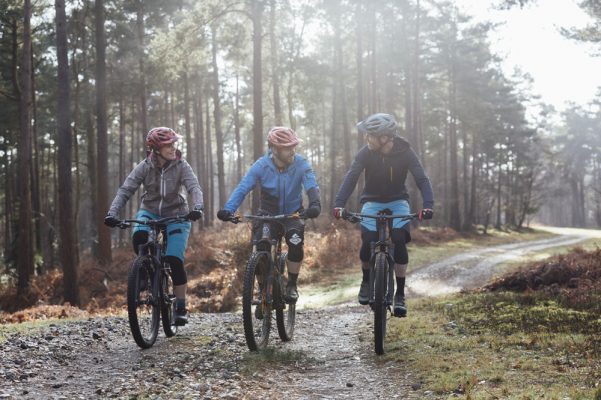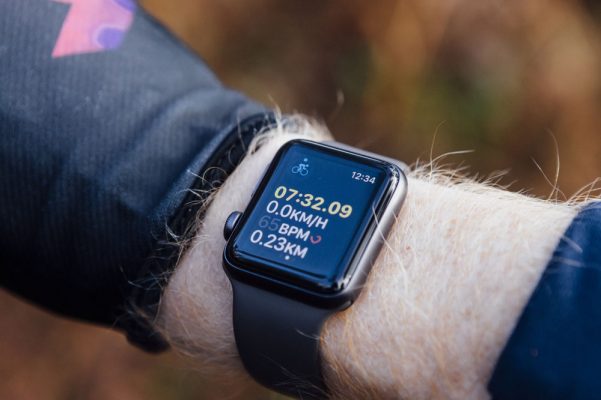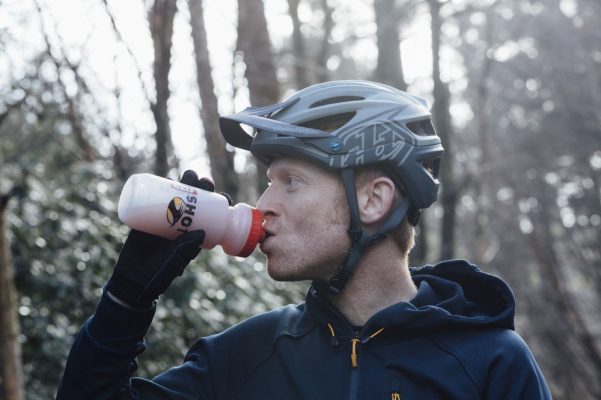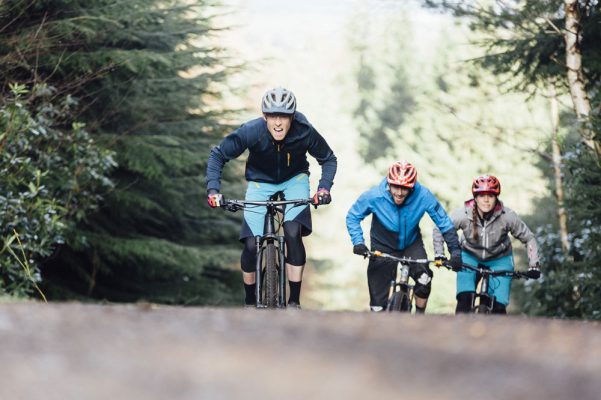Fitter by stealth
What’s the best way to build progress and ride faster on your bike, and still enjoy the riding itself? Should you go flat out each ride? Thankfully, no.
Words by Alan Milway
Not getting any faster on your regular Sunday loop? I see many riders who don’t make progress in their performance even though they ride quite regularly, so follow these points to keep moving forward.
Often social rides are at a low pace, with frequent stops. The downhills are done in a flurry, but between them the chat is more important than the pace — and this is fine. For many this is why we ride anyway. However, it won’t make you any faster. If you always do the same rides you won’t improve as you body has no reason to adapt. So you need to challenge yourself.
1. Push the pace uphill
Have three or four hills that are deemed personal races. Set a goal to cover the distance and hit it hard. Spread them out well over the ride and don’t up the pace everywhere, just on a few, key uphills. Get your friends involved in the idea of a few challenges over the ride — a hard 10 minutes, a sprint uphill before going straight in to a downhill, not stopping once over the full two hours. These three simple alterations will not leave you shattered but the increased intensity will make a big difference to your performance.

2. Warm up properly
We all have that friend who sets off too fast, looks fit and strong, but after 45 minutes is toast. This is partly due to poor warm up and paying for the hard, early effort and it really hits home for those of us who are no longer teenagers, with more desk time than bike time. So the first 10-15 minutes of every ride should be chatting and catching up, then you can open the taps (once the blood has started pumping and your joints are warmed up) and tackle a harder ride.

3. Monitor your ride
Strava is a double-edged sword, it can push us to improve, but it can push as overly hard too. However, if you can use some form of timing to monitor parts of your ride (especially the long, dragging uphill climbs) you can go at them a little harder each time, and this will be a way to monitor performance. Bear in mind we need to rest to recover and perform again – so don’t be a Strava slave.

4. Nutrition
Nutrition is the secret ingredient. If you are out for a 60-90 minute ride you need nothing more than water in your bottles. However, if you suddenly feel drained after two hours it is probably because you’ve run out of fuel. Balancing energy intake and expenditure isn’t always easy though: It’s important to keep bodyweight down, and taking in excessive calories during a ride is clearly counterproductive.
>>> How to make your own homemade energy drink and energy bars
The key advice is to take on 30-60g of carbohydrate per hour, as a maximum (if planning on more than a 90 minute ride). This can be through energy powders such as SIS (which can contain 47g carbohydrate per serving) or through snacks such as a Clif bar, which deliver around 27g of carbohydrate per serving. You don’t need to count calories but this shows you how easy it is to keep your energy levels up. My preferred mix is one bottle of carb drink, a bottle of water and a snack bar for a 2-2.5 hour ride.




